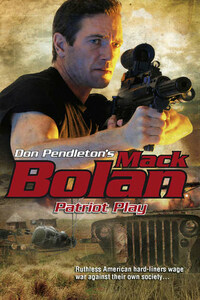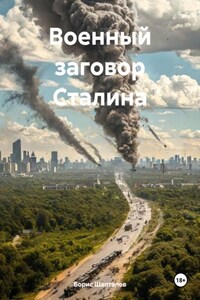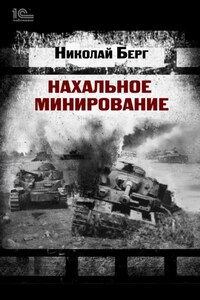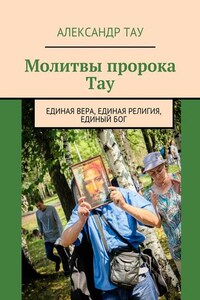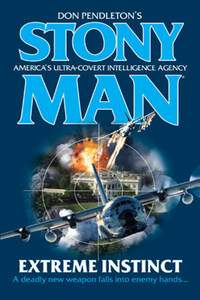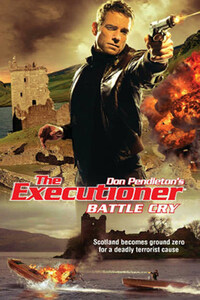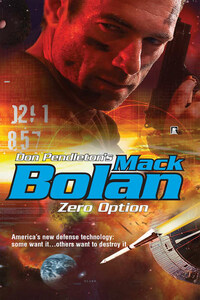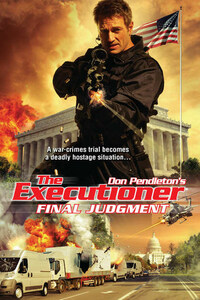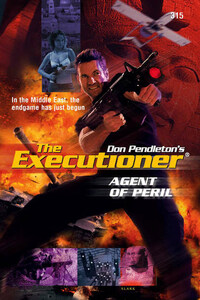The Federal Reserve banks in Boston, Cleveland and Atlanta were the first to be hit, and the method for each assault was the same. Plain panel trucks were driven as close as possible to the buildings, then the drivers left the vehicles and walked to waiting cars. These vehicles drove away and, once clear, the large explosive bombs inside the panel trucks were detonated by remote control. The totally unexpected attacks on Federal Reserve buildings caught everyone by surprise. There was no kind of warning. No time to evacuate. The explosions were large and created serious damage to the exteriors of the buildings, despite the protective concrete barriers that had become part of city architecture. With each explosion the barriers were severely damaged, and the powerful blasts hurled deadly chunks and smaller fragments toward the buildings. Unknowing members of the public were caught in the horrific blasts and so were security personnel within the blast radius.
Boston had twelve dead, and twice that suffered serious wounding.
In the aftermath of the Cleveland attack the toll was higher. Fourteen dead and close to thirty suffered wounds that ranged from minor to critical.
Atlanta sustained twenty dead. The number of wounded totaled eighteen. The Atlanta dead included eight schoolchildren on a field trip.
All three blast sites were quickly cordoned off so that police and emergency services could gather evidence. The FBI and Homeland Security became initially embroiled in a territorial standoff in Boston. In the meantime the Atlanta Homeland Security team established a swift command center, and their preliminary examination of the epicenter of the blast revealed very little as to who might have been responsible. Twelve hours after the explosions there was little evidence coming from the three sites to enable any of the agencies to issue anything of value.
The remains of the panel trucks had been meticulously gone over by everyone involvedâFBI, Homeland Security and the CSI teams from each of the three cities. The CIA ran checks to see if there were any similar scenarios. Nothing was found to link the vehicles to any organization or group. It was found that the license plates were phony, created for the job, as were the plates on the cars that picked up the truck drivers. Locating the escape cars proved to be futile. Again it was surmised that false plates were changed soon after the vehicles had fled the scene.
The panel trucks had been stripped down to the bare bones before setting out for the banks. The engines had been made so anonymous it was difficult to establish where they had come from in the first instance. They had been built from various spare parts and were not even the standard engines for the model of truck used. Someone had spent a great deal of time and effort to custom rig every part so there was little chance of identifying them. The effort expended on disguising the vehicles indicated intelligent thinking and a group with a sound financial base.
The explosives used to create the bombs carried by the trucks were identified as ammonium nitrate, an agricultural fertilizer that was available at hundreds of retailers across the country, and nitromethane, a highly volatile motor-racing fuel. The motor fuel, though not as common as a retail commodity, was available in large quantities. The mixture of the two elements was a familiar one to the FBI. Designated ANFO, it had been used before in the manufacture of explosives. The fragmented detonators, located after diligent searches and painstaking reconstruction, were also found to have been built by hand from raw materials. From the blast radius it was estimated that the bombs would have been in the region of three thousand pounds in weight.
Three days following the attacks on the FRB buildings, similar attacks took place in three more cities. This time, though the locations differed, the destruction was just as horrific. In Detroit, Newark and Norfolk, panel trucks in the parking lots of large department stores were detonated. The blasts tore up through the underground garages and caused the collapse of crowded shopping floors. There were more deaths and severe injuries. The subsequent investigations revealed identical vehicle and bomb specifications. As with the three original bombings, very little steady evidence emerged.
TEN DAYS LATER in Washington, The President of the United States dropped the last of the reports on the bombing incidents on his Oval Office desk and sighed wearily. His mood was a mix of anger and revulsion, and a growing frustration. Nothing he had read in the many documents even hinted at forward progress in the ongoing investigations. The only consistent theme running through the reports was the clashes between agencies: the disagreement when it came to sharing information, each agency jealousy guarding its own turf, reluctant to divulge sources and, maintaining policy, not trusting the others in case there were security leaks. The President made a mental note to once again instruct the groups to cooperate with one another, knowing even as he did that the complexity of the matter would only increase once the heads of the agencies dug in their heels. CIA, FBI, Homeland Security would all claim that sharing information was not a wise move because it jeopardized their sources and protocol demanded these remained within the particular departments of each agency. The same would be pleaded by other agencies and they would all climb on the same old carousel. They would quote precedents and legalities, the intrusion into human rights, losing sight of the big picture. Coupled to that was the increasing public clamor for the government to do something to stop the terrible events taking place. The media, the Presidentâs detractors, even his staunchest political allies, were asking the same questions: what was the administration doing? Why hadnât the people behind the attacks been tracked down?
